#tolowa
Text


My Evie's graduation sash
1 note
·
View note
Video
Wide Open Spaces in Tolowa Dunes State Park by Mark Stevens
Via Flickr:
A setting looking to the north while walking along the Pacific Ocean coastline in Tolowa Dunes State Park. The overcast skies and off and on drizzle helped to create what I felt was a minimalist feel to the image captured.
#Azimuth 9#Bird#Birds#Birds Flying#Birds in Flight#Brown Pelican#California Brown Pelican#California and Oregon Road Trip#Coastline#Day 9#DxO PhotoLab 5 Edited#Kalmiopsis Area#Klamath Mountains#Landscape#Landscape - Scenery#Looking North#Nature#Nikon D850#No People#Northwest U.S. Coast Ranges#Outside#Pacific Coast#Pacific Coastline#Pacific Ocean#Pacific Ranges#Pelecanus occidentalis#Scenics - Nature#SnapBridge#Tolowa Dunes State Park#Travel
1 note
·
View note
Text
The Tolowa Dee-ni’ Nation, Resighini Rancheria, and Cher-Ae Heights Indian Community designated the first ever Indigenous Marine Stewardship Area (IMSA) in the U.S. along the northern California coast.
The tribes plan to steward nearly 700 mi2 (1,800 km2) of their ancestral ocean and coastal territories from the California-Oregon border to Little River near the town of Trinidad, California.
As sovereign nations, the tribes say they’re not seeking state or federal agencies’ permission to assert tribally led stewardship rights and responsibilities; rather, they want to establish cooperative relationships recognizing their inherent Indigenous governance authority.
The tribes aim to restore traditional ecological knowledge and management practices that sustained the area’s natural abundance before colonial disruption.
#!!!!#good news#science#environmentalism#nature#environment#animals#conservation#indigenous people#california#stewardship#indigenous peoples#usa#climate change
2K notes
·
View notes
Text
Indigenous People's Day

DR. HENRIETTA MANN
Cheyenne
On this Indigenous People’s Day, we are featuring Matika Wilbur’s recent publication Project 562: Changing the Way We See Native America, published by Ten Speed Press in 2023. Wilbur (b. 1984) is a visual storyteller and member of the Swinomish and Tulalip peoples of coastal Washington. She holds a degree from the Brooks Institute of Photography alongside a teaching certificate that has shaped her style of educating through narrative portraits.
Project 562: Changing the Way We See Native America, a book born from a documentary project of the same name, resolves to share contemporary Native issues and culture. In 2012 Wilbur set out from Seattle to visit and photograph all 562 plus Native American sovereign territories in the United States.
Wilbur’s engagement with the communities she visited resulted in the creation of hundreds of dynamic portraits and documentation of conversations about “tribal sovereignty, self-determination, wellness, recovery from historical trauma, decolonization of the mind, and revitalization of culture.” She refers to her portraiture approach as “an indigenous photography method” that includes several hours and sometimes days of interaction with the participants, an exchange of energy and gifts, and asking sitters to choose their portrait location. The outcome is a stunning collection of Native narratives and portraits.
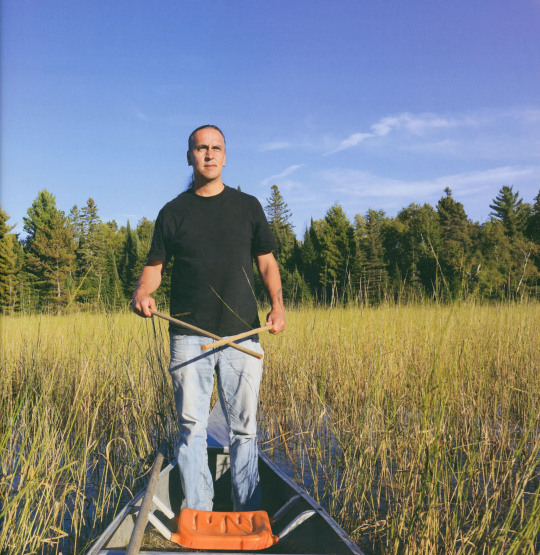
GREG BISKAKONE JOHNSON
Lac Du Flambeau Band of Lake Superior Chippewa Indians
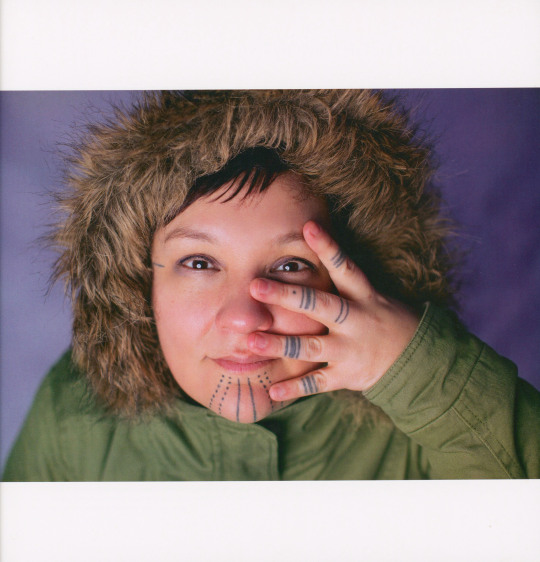
HOLLY MITITQUQ NORDLUM
Iñupiaq
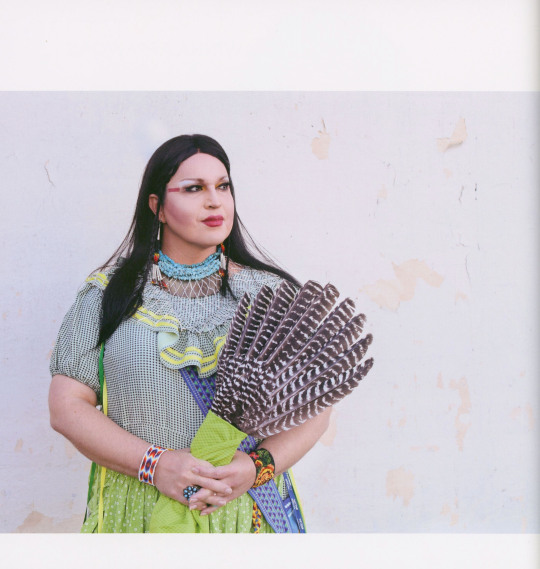
J. MIKO THOMAS
Chickasaw Nation

MOIRA REDCORN
Osage, Caddo

HELENA and PRESTON ARROW-WEED
Taos Pueblo/Kwaatsaan, Kamia
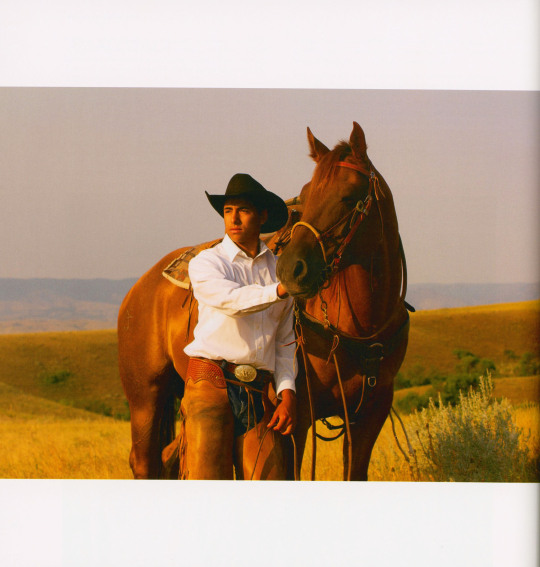
STEPHEN YELLOWTAIL
Apsáalooke (Crow Nation)

LEI'OHU and LA'AKEA CHUN
Kānaka Maoli
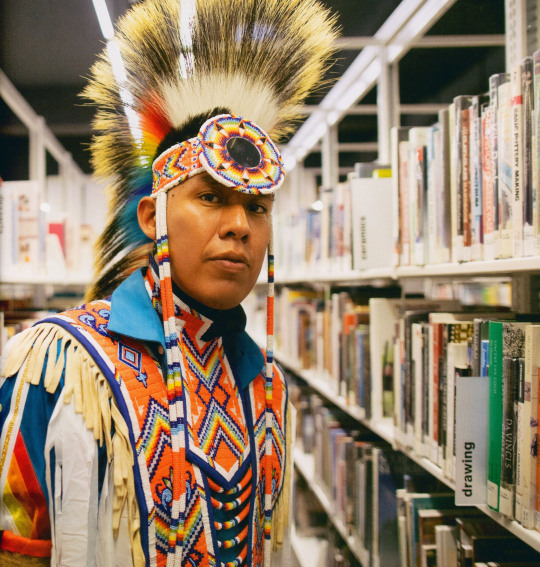
ORLANDO BEGAY
Diné
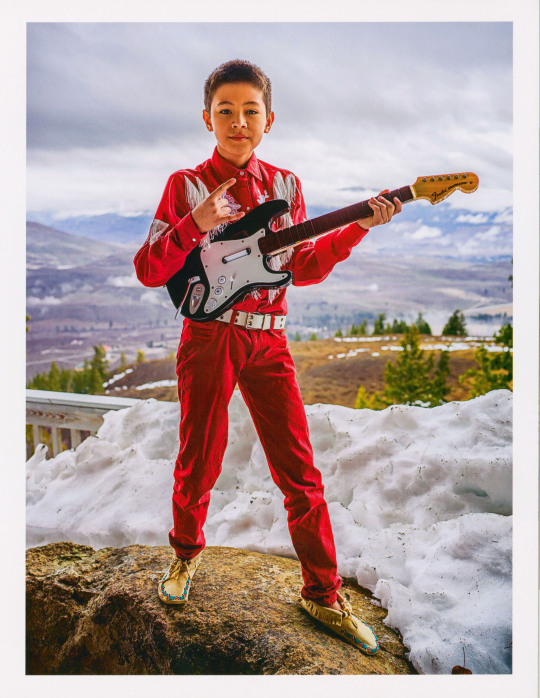
KALE NISSEN
Colville Tribes
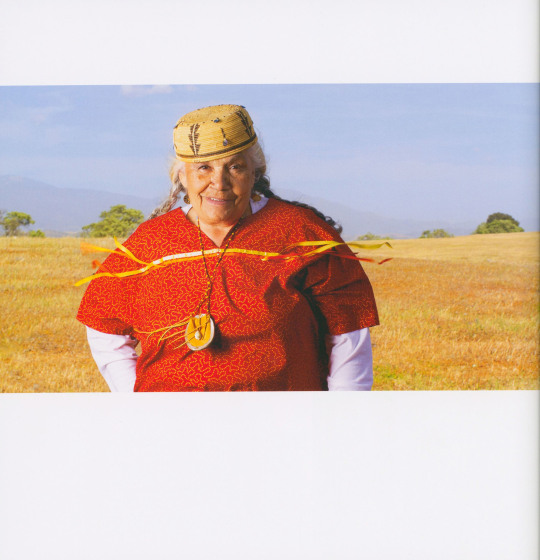
GRACE ROMERO PACHECO
Santa Ynez Band of Chumash Indians
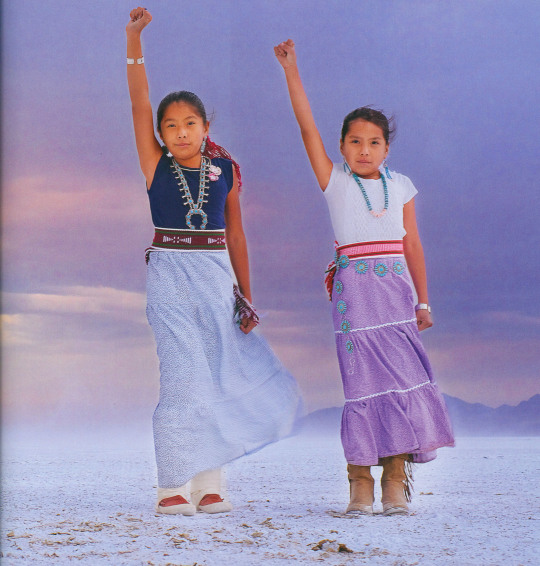
ISABELLA and ALYSSA KLAIN
Diné
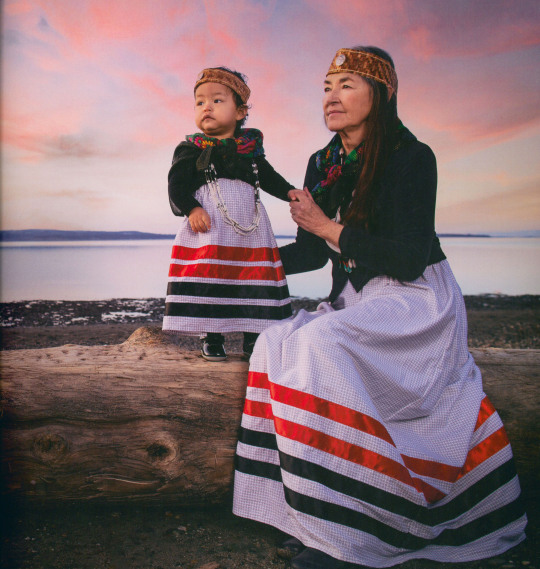
NANCY WILBUR
Swinomish
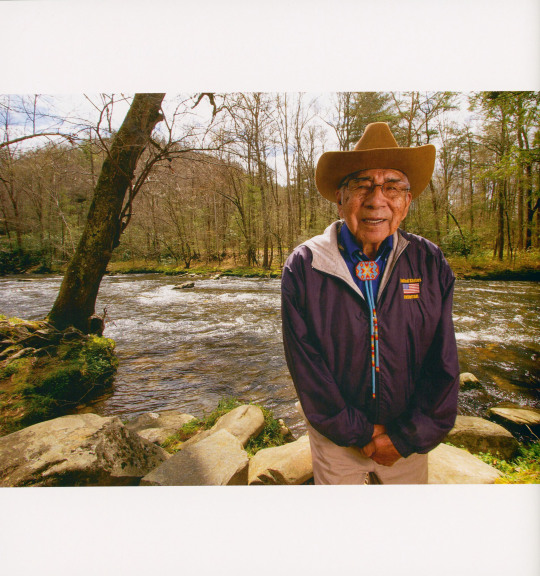
DR. JEREMIAH "JERRY" WOLFE
Eastern Band of Cherokee Indians
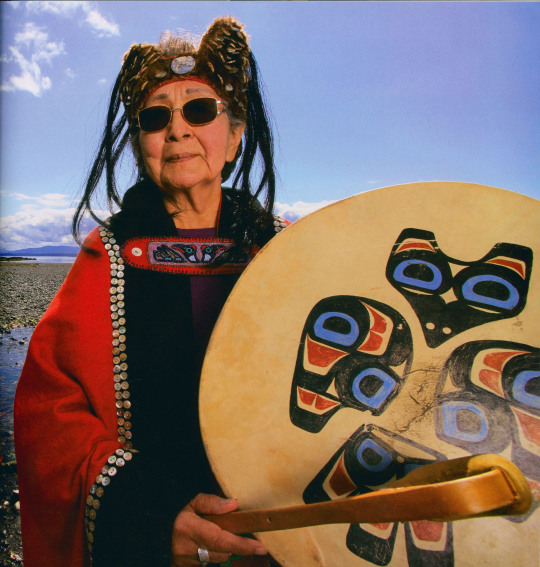
RUTH DEMMERT
Tlingit
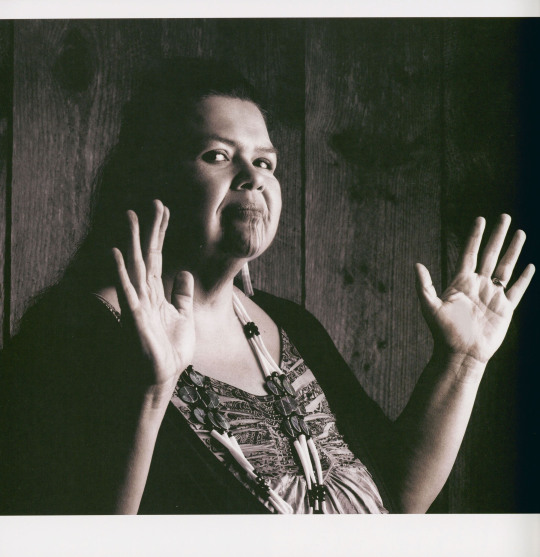
MARVA SII~XUUTESNA JONES
Tolowa Dee-Ni' Nation, Yurok, Karuk, Wintu
Matika Wilbur will be speaking on UW-Milwaukee's campus Thursday, November 16 from 6-7p.m. in conjunction with her exhibition Seeds of Culture: The Portraits and Voices of Native American Women on view at the Union Art Gallery November 16 through December 15, 2023.
-Jenna, Special Collections Graduate Intern
We acknowledge that in Milwaukee we live and work on traditional Potawatomi, Ho-Chunk, and Menominee homelands along the southwest shores of Michigami, part of North America’s largest system of freshwater lakes, where the Milwaukee, Menominee, and Kinnickinnic rivers meet and the people of Wisconsin’s sovereign Anishinaabe, Ho-Chunk, Menominee, Oneida, and Mohican nations remain present.
#indigenous people's day#matika wilbur#project 562#Ten Speed Press#Native Americans#holidays#UWM Native American Literature Collecton
831 notes
·
View notes
Text
So many good moments in Ep 5 of Burrow's End, but this is the one that sets my mind buzzing the most. The idea that community predates identity. We know mama, dada, and baba before we know not only their names, but our own names. And in the season all about family, community, in-group versus outgroup? This feels like such an important idea, and it was came up likely on the spot. It's fascinating to think about, and touches on such big themes about Burrow's End in general.

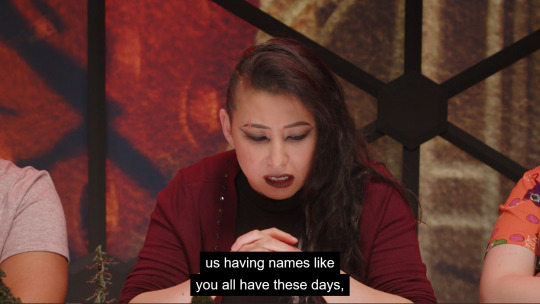

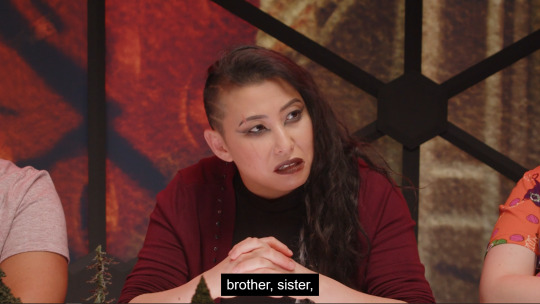
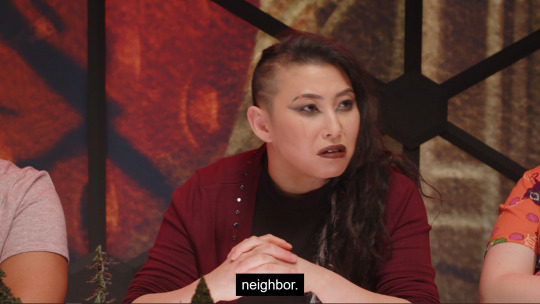


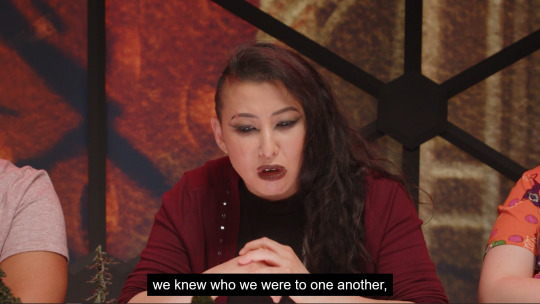
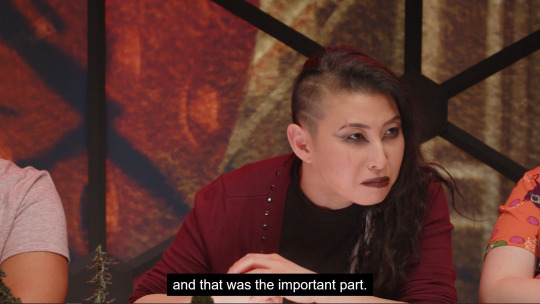
My mind keeps trying to read "name" as "self," and come up with something like "we have to know others before we know who we are," but I think there's a fundamental error in that idea. Neurologically, we just start off with just "Me" - one of our basic senses is what is "Me" and what is "Not Me." That's fundamental to further categorization, and faults in that sense is where things like depersonalization / derealization come from. Names are just labels, and they're not even the first labels we have for them.
This ties into another point that a lot of people had when watching the trailer at the end of Ep. 4 and during the live reaction of Ep. 5 - the idea that because Sybil was so reluctant to say her brother's name after he died, that it was the result of some top-down oppression within Last Bast and further proof that it's not as idyllic as it seems. Now, Last Bast almost certainly isn't a utopia, and I'm sure we're going to learn more about that in the next episode. And it's possible that it is a top-down enforcement that Sybil, having been raised in Last Bast, has internalized. However, there's a chance this isn't the case.
Less than 30 seconds on Google turns up several cultures that have taboos around speaking the names of the dead - Aboriginal mortuary rituals, the Apache of the Southwest US, the Tolowa tribe of California, the Yanomami on the border of Brazil and Venezuela, certain Romani/Irish Traveller groups, and almost certainly more. While it initially seems unfathomable to Western cultural mores around remembering and memorializing the dead, it's just as possible possible that instead of a method of social control, it's simply a cultural taboo.
https://scholarblogs.emory.edu/gravematters/2017/04/18/aboriginal-mortuary-rituals/
And as Aabria has commented both during the live discussion and general discord channels,
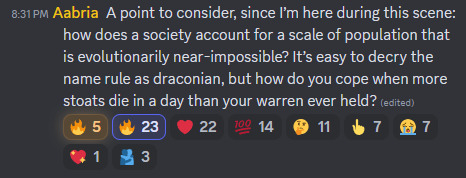

Aabria's a smart cookie, and I trust that she's done plenty of worldbuilding and put tons of thought into how Last Bast's society works. We've seen she's great at her cultural analysis while in the DM's chair in both Misfits & Magic and in A Court of Fey and Flowers. Culture and society are interwoven in all of her games, and where does all that start?
With family.
#dimension 20#d20 spoilers#d20#burrow’s end#burrows end#d20 burrow's end#erika ishii#surprise anthropology#damn this series is good
399 notes
·
View notes
Text

CYBERPUNK 2077.
in continuity with claudette's CP2K77 verse.
jake park is a lone, wandering nomad that was formerly the son of one of the wealthiest businessmen in night city. the prodigal son & heir to an increasingly wealthy multi-national packaging company (Park Industries) that developed packaging for various industry powerhouses in the americas and south korea. with subsidiaries in landscaping and real estate. at the age of 20, he was infamously disowned by his father and went "missing" to the public eye for more than 5 years. at 26, he returned to civilization, welcomed back & supported by his mother; trying to restart his life with a new goal in mind:
helping the Tolowa Dee-ni’ and nomad nations (the jodes & thelas nations, specifically) to broker a lucrative, world-changing contract with biotechnica, and a brilliant botanist: dr. claudette morel.
within the first decade of the jodes nomads settling throughout california, conducting salvage operations and brokering construction contracts with megacorporations, they allied with Indigenous Tribes primarily operating out of the Tolowa Dee-ni’ Nation’s territory in the Tahquitz Canyon, wherein various neighboring Indigenous Nations worked together, surviving peacefully beyond NUSA’s reach ever since the USA dissolved. Indigenous people and their sovereign territories were ignored or outright abandoned by the federal government and Free States after the collapse. as america’s national forests and rivers began to burn, dry up, NUSA chose to prioritize urban redevelopment, americentrism, military inflation and corporatism in the city-states. corrupt news outlets failed to report on the government’s racist neglect suffered by America’s Indigenous peoples.
western civilization quickly forgot about the true "americans." many Indigenous nations across the americas (and the world) anticipated this, as the previous US federal and state governments had historically enforced a genocidal apocalypse upon Indigenous peoples and colonial victims for centuries. they began organizing, networking, and brokering alliances with Indigenous organizations globally, before and after the collapse. resources, technology, datashards, and skill shards were distributed among all Indigenous peoples, sharing knowledge over the course of more than a century (between 1989 and 2077), with the aid of nomad nations like the jodes and pro-indigenous independent companies like biotehnica and metacorp. they continue to nurture and protect the americas’ growing wilderness with the assistance of nomad nations, cultivating environmental science and agroecology, as the jodes search for old knowledge and valuable salvage that were lost after the collapse.
the contract with biotechnica would allow for a new era of industry handled by indigenous nations and nomads. the potential for seaweed and aquatic algae as a cheap, bountiful food and energy source that would be able to grow one billion tons of resources in just 6 months; including dry food, biofuel, bio-plastics, carbon-capture, and fertilizer. undersea agriculture can potentially be commercialized to provide a cheap alternative food source to the insects raised in protein farms, and aid with marine restoration to rebuild the local fish population.
it would change canada and NUSA's energy industry. royalties mass-distributed to the tribes.
jake park became involved because he wanted to support their cause, returing to night city in order to ask his family's blessing to retake his place as the heir to their entire legacy.
on one condition: they help him see this contract through.
#PARK ,JAKE.#MOREL ,CLAUDETTE.#SCRIPT.#cyperpunk 2077#potentially he also handles security sometimes since he works closely with the Grady Clan!#which is a whole other au thing from my jw blog lol#but yes gimme all the scifi plots#PLOTS.
4 notes
·
View notes
Text
First ever U.S. Indigenous Marine Stewardship Area declared in California
0 notes
Text
Can't find the post I saw on here first, but this has been playing in my brain every time I step out the door.
0 notes
Text
Poll Conlang: Last on Obstruent Series
Last Post: https://www.tumblr.com/senzacaponecoda/709250804555579392/poll-conlang?source=share
Ok, so, even split between /p b ph/ and /p ph p´/
As per https://www.academia.edu/1538887/Typology_and_reconstruction_The_consonants_and_vowels_of_Proto_Indo_European both are relatively common;
examples of the former type include "Romani, Panjabi, Shina, Kashmiri; Khotanese? (see Küm-mel 2007: 289–294, 441), Northern Kurdish; Agulis/Sasun Arme-nian; Tai; Burmese; Burushaski …"
examples of the latter type include "Artvin Armenian; Georgian; Haida, Navaho,Chipewa, Tolowa, Hupa; Wichita; Quechua, Jaqaru"
Voicing usually applies more easily to fricatives than either aspiration or glottalization. It kind of occurs to me late that aspiration is a kind of glottalization in every bit the way non-pulmonicity is and acts pretty much the same way. It's just langs that lose /t´/ tend to merge it with /t/ not /th/ despite what for me are similar sounds. Maybe this is due to losing [glottalic] feature entirely and not just an issue of nearest neighboring...
Regardless, aspiration and ejectiveness tend to work better with affricates than outright fricatives.
So we're looking at series like (at maximum) either
ph th kh1 kh2
p t k1 k2
b d g1 g2
pfh tthh kxh1 kxh2
f th x1 x2
v dh gh1 gh2
or
p´ t´ k´1 k´2
ph th kh1 kh2
p t k1 k2
pf´ tth´ kx1´ kx2´
pfh tthh kxh1 kxh2
f th x1 x2
The number of series fricatives is generally equal or less than the number of stops, so we'll follow that.
I like voiced more personally but I think we can break the tie with this poll if we combine results like a few polls ago.
0 notes
Text

• Woman's Primitive Dress - Tolowa (Plate 461 from The North American Indian, Supplementary Portfolio 13)
Photographer: Edward S. Curtis (North American, 1868-1952) Printed by: Suffolk Engraving & Electrotyping Co. (Cambridge)
Place of origin: United States
Date: 1923
Medium: Photogravure
#vintage#vintage photography#vintage photo#vintage art#vintage portrait#1920's#1920's picture#portrait#photograph#photography#photo#Woman's primitive dress#traditional dress#tolowa#native American#edward s. curtis#1923
35 notes
·
View notes
Text

Tolowa Dee-ni' girls, United States of America, by Matika Wilbur
#tolowa dee-ni'#united states of america#america#north america#folk clothing#traditional clothing#traditional fashion#cultural clothing
1K notes
·
View notes
Text





Making salmon cooking sticks
1 note
·
View note
Video
A Sunday Vacation Along the Shores of the Pacific Ocean in Tolowa Dunes State Park by Mark Stevens
Via Flickr:
A setting looking to the north while walking along the Pacific Ocean coastline in Tolowa Dunes State Park. The overcast skies and off and on drizzle helped to create what I felt was a minimalist feel to the image captured.
#Azimuth 10#Bird#Birds#Birds Flying#Birds in Flight#Brown Pelican#California Brown Pelican#California and Oregon Road Trip#Coastline#Day 9#DxO PhotoLab 5 Edited#Kalmiopsis Area#Klamath Mountains#Landscape#Landscape - Scenery#Looking North#Nature#Nikon D850#No People#Northwest U.S. Coast Ranges#Outside#Pacific Coast#Pacific Coastline#Pacific Ocean#Pacific Ranges#Pelecanus occidentalis#Scenics - Nature#SnapBridge#Tolowa Dunes State Park#Travel
2 notes
·
View notes
Photo

Ada Lopez Richards, Tolowa Woman, standing near the shore wearing hat, necklaces, and dress. - Curtis - 1923
The Tolowa people or Taa-laa-wa Dee-ni’ are a Native American people of the Athabaskan-speaking ethno-linguistic group. They still reside in their traditional territories in northwestern California and southern Oregon.
120 notes
·
View notes
Link
The Tolowa people have survived a history of continued removal, genocide and discrimination within their homelands by the explorers, settlers, miners and ranchers who "colonized" the area. Our Government, Culture and Traditions survived colonialism and termination because we persisted and never gave up our identities. As the original inhabitants and stewards of the Smith River Plain and Estuary the Tolowa Dee-ni’ Nation has been presented with a quintessential opportunity to return a critical portion of our unceded ancestral territory back under the rightful ownership and management of the Tolowa Dee-ni’ Nation.

A summary of the settler-owners’ many environmental and coastal lands violations that prompted the sale. The Tolowa Dee-ni’ have shown their commitment to restoring damaged lands to health.
Learn some of the history of the Tolowa Dee ni’ people and more information about the Land in this StoryMap created by the Nation
Sign the Tolowa Dee-ni’ Nation’s petition
#tolowa#northern california#stolen land#tolawa dee ni'#petition#southern oregon#unceded territories#settler colonialism#smith river rancheria#native california#indigenous americans
0 notes
Photo

This weekend, check out language stories by community members themselves!
Less than 200 years ago, 90 Native languages and as many as 300 dialects were spoken in California. Today, only half are spoken but ambitious projects are revitalizing them.
Join us in listening to Emergence Magazine's Webby Award winning Language Keepers podcast on the stories of Wukchumni, Karuk, Kawaiisu, & Tolowa Dee-ni'.
https://emergencemagazine.org/story/language-keepers
55 notes
·
View notes
